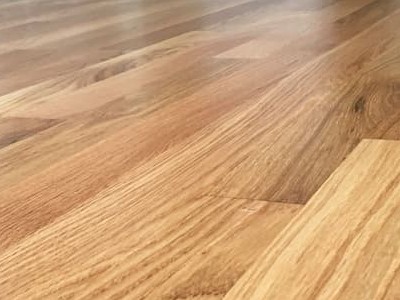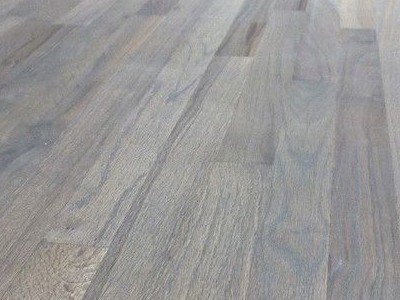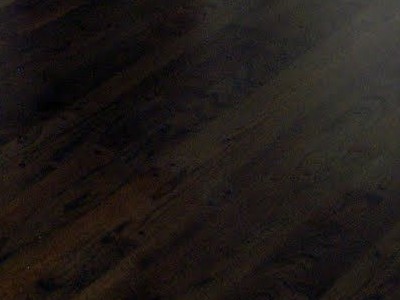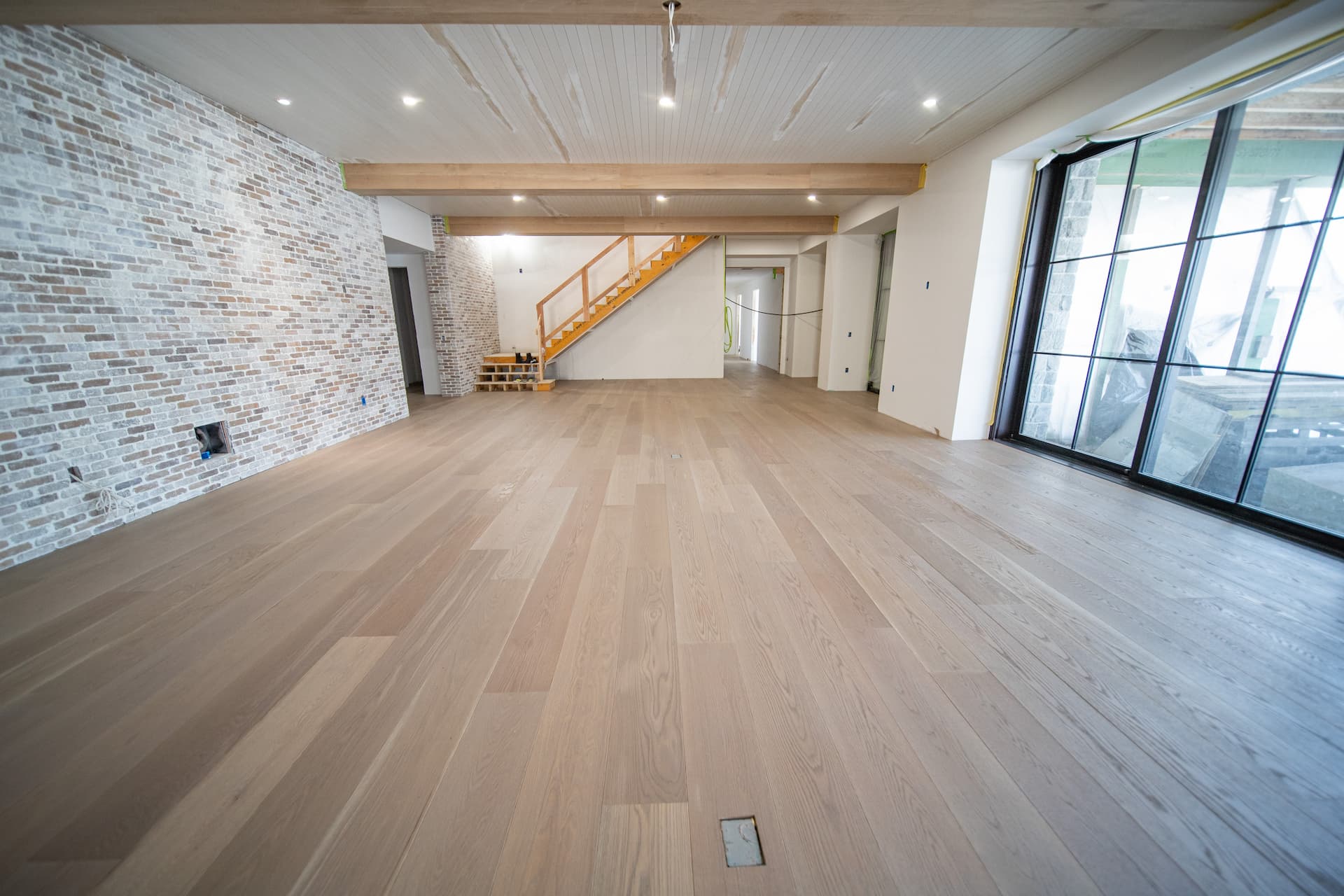
White Wood
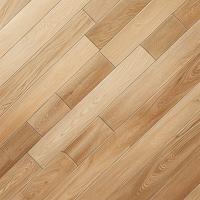 floor
Stain
floor
Stain

Enhance your home or business with Weles. Premium hardwood flooring that combines elegance with durability for every space.
Free Estimate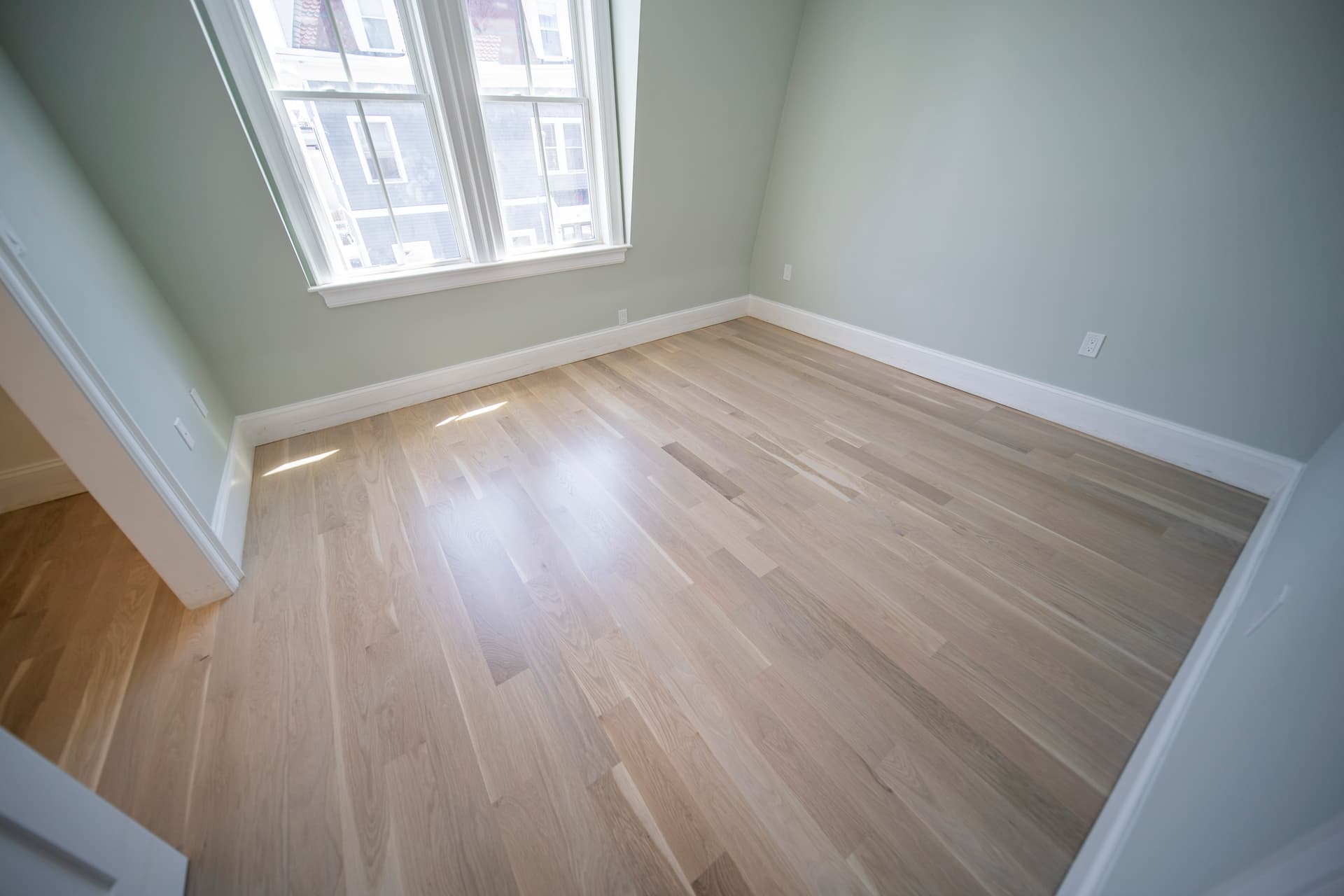
Wood floor stain is a type of finish that is used to change the color of hardwood floors. It is applied by brushing, wiping, or spraying a colorant onto the surface of the wood. The colorant penetrates the pores of the wood, resulting in a more permanent and durable finish than paint.
White wood floor stain can add a fresh, modern look to any room in your home. It's a popular choice for homeowners who want to lighten up their space, or who have a minimalistic design aesthetic.

Pros and cons of white stain for wood floors
If you're considering using white wood floor stain on your hardwood floors, here are a few things to consider:
Why Choose Weles Wood Floor Services?
Experience the difference with Weles. Trusted by hundreds, we offer professional hardwood floor installation and refinishing at affordable rates
Free EstimateCustomers
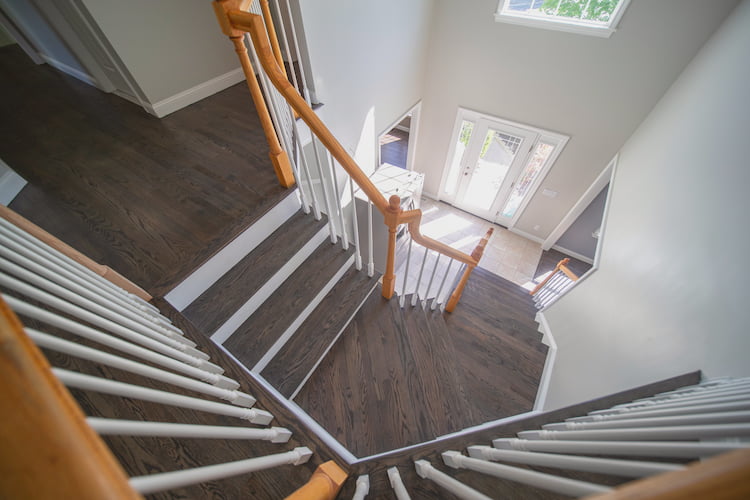
Rates
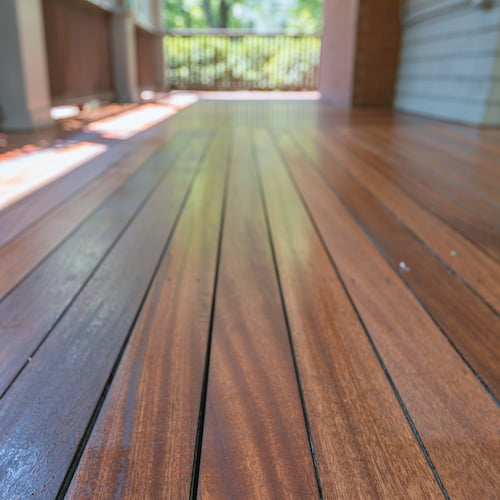
Service
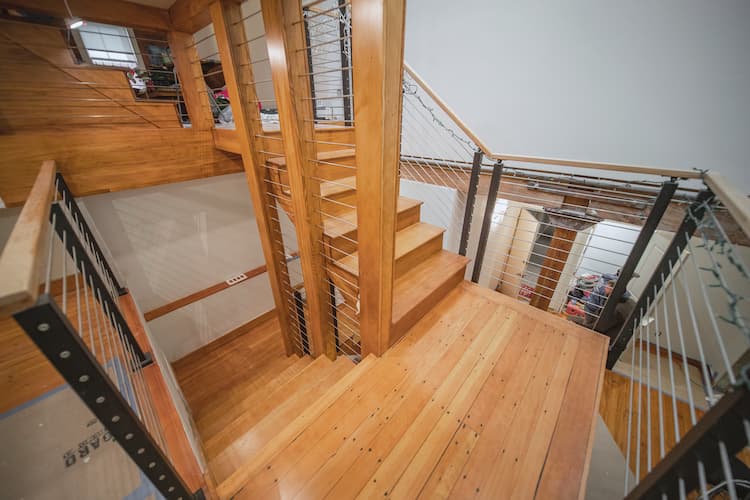
of Experience
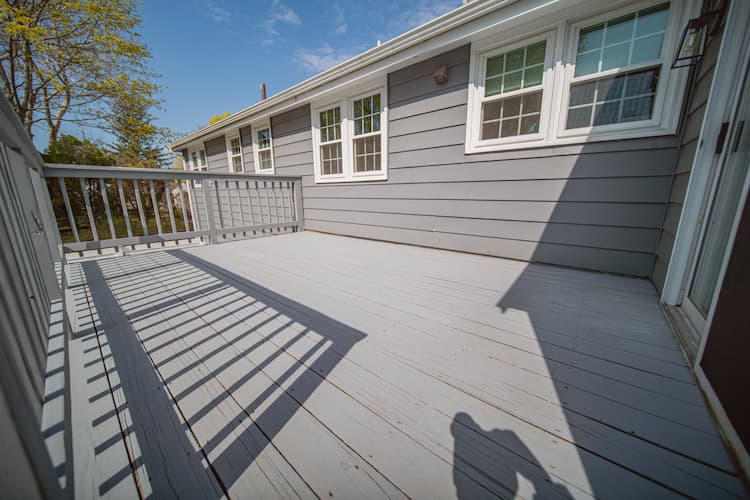

Reimagine Your Space with
 5 star rated
5 star rated
Weles Wood Floor Services
Uncover the Beauty of Hardwood. From Installation to Refinishing, We Ensure Perfection in Every Project.
Free EstimateF.A.Q
Hardwood Floor Reginishing
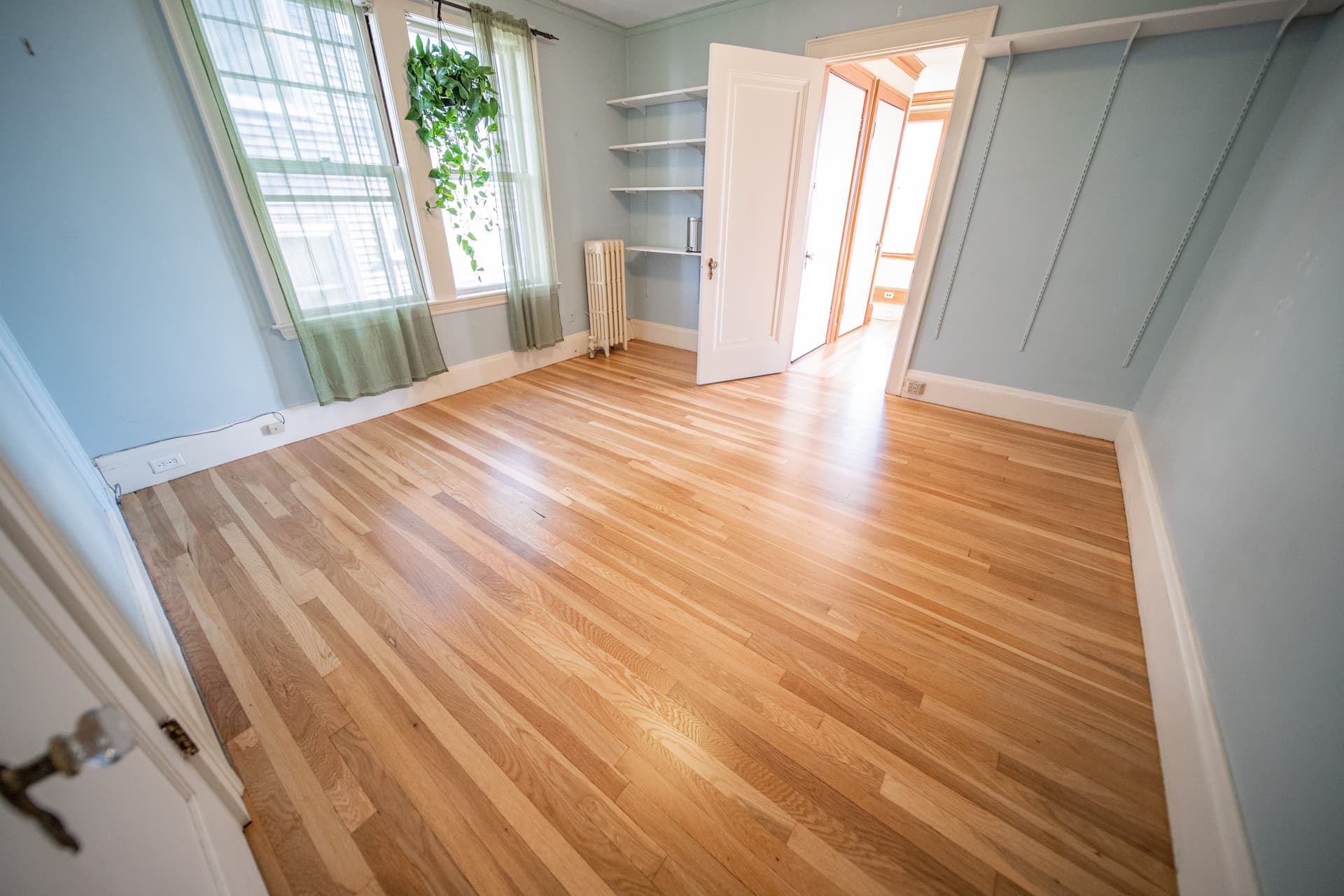
White wood floor stain can be used on most types of hardwood, but it may not work as well on some species. For example, it may not adhere well to very soft woods like pine, or to woods with high levels of tannins like oak or mahogany. It's always a good idea to test the stain on a small, inconspicuous area before applying it to your entire floor.
Proper preparation is key to achieving a successful white wood floor stain job. Make sure to sand your floor thoroughly before applying the stain, and remove any dust or debris from the surface. If you're staining over an existing finish, you may need to remove the old finish or use a wood conditioner before applying the white stain.
White wood floor stain can make a room appear brighter and more spacious, as it reflects light rather than absorbing it like darker stains do. However, keep in mind that the reflection of sunlight or artificial light may create glare or hot spots on the floor, which can be uncomfortable to walk on.
What Our Clients Say About Our Hardwood Floor Services
OUR TESTIMONIALS
Contact Us
Ready for the best Hardwood Floors Service? Contact Weles today!
How to Contact us?
Reach us at (857) 523-2699, send us an email at weles.usa@gmail.com, or simply fill out the form and we'll get back to you as soon as possible.

